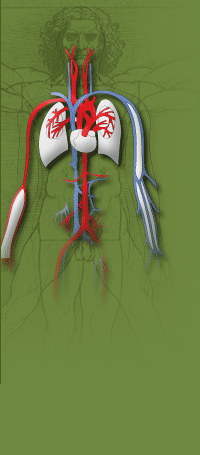|
The most well known location for AV fistulas is at the wrist. The so-called Brescia-Cimino fistula was the earliest described fistula and is still the gold standard for fistula creation. This fistula provides convenient and comfortable dialysis, preserves all the upper arm options, and should be the first choice where the patient’s anatomy permits. Unfortunately, the vein at the wrist may be too small, or may be damaged from previous intravenous catheters during a hospital stay. In many people’s minds, the next option is a fistula at the elbow, so frequently a second forearm option is overlooked. The cephalic vein receives an important branch from the back of the hand about two or three inches above the wrist. Like the Ohio River joining the Mississippi, the dorsal branch doubles the size of the cephalic vein, and this may be the only place a fistula is possible in the forearm. In my practice, I distinguish between a wrist fistula and a forearm fistula, the latter fistula being created at or above that dorsal branch. This option may be missed because the veins are deep or otherwise not visible. Ultrasound in the doctor’s office (see “The role of ultrasound in the creation of fistulas”) or vein mapping in the Vascular Lab can prevent this mistake. Even if the vein is deep, it may become visible once it has grown, may be later moved to the surface (see "Superficialization of fistulas too deep to use"), or may succeed in building the veins in the upper arm. The option may also be missed because a radial pulse palpable at the wrist may fade away further up the forearm. The artery may not be palpable two or three inches up from the wrist, but it is still there. Opening the fascia (connective tissue layer) next to the brachioradialis tendon reveals the artery. Dividing a couple of branches usually allows the artery to be mobilized enough to be used. A fistula can even be performed in the mid-forearm by reflecting the brachioradialis muscle slightly to get at the artery. In this situation, only three or four inches of usable fistula develop in the forearm, and the second needle may need to be placed above the elbow. Most often, both artery and vein are approached through the same 1 ˝ inch incision, but occasionally they are far apart, and two incisions are required. In that case, the vein is brought through a tunnel between the two incisions. The procedure is done as outpatient surgery, and healing is rapid. The patient is seen at one week, at one month, and at monthly intervals until the fistula is released for use. Forearm fistulas above the wrist are typically larger than standard wrist fistula and are frequently usable within a month of creation. Because the vessels are larger, the risk of failure in the hands of an experienced surgeon is less than with a wrist fistula, reducing futile operations and patient frustration. These forearm fistulas build the cephalic and basilic veins and preserve the options in the upper arm. Disadvantages include a slightly more difficult surgery and slightly shorter length. The forearm fistula may represent the best first step in vascular access for dialysis and should be considered before placing a forearm graft or creating a fistula at the elbow. |
| Return to patient education page |
 |
||||||||||||
|
|
||||||||||||
|
||||||||||||

